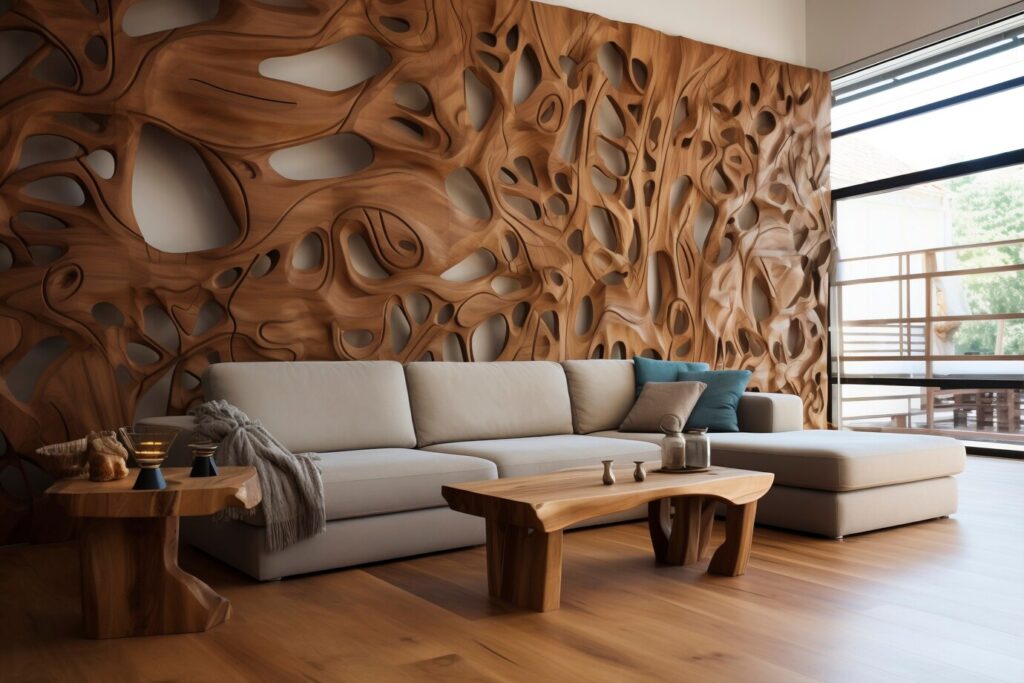What is Furniture Design? A Complete Guide to Styles, Trends
Furniture design is an art and science that combines aesthetics, functionality, and craftsmanship to create pieces that enhance both residential and commercial spaces. It involves selecting materials, designing structures, and ensuring comfort while maintaining durability. With evolving trends and technological advancements, furniture design continues to shape how we interact with our living and working environments. The Evolution of Furniture Design Furniture design has a rich history, dating back to ancient civilizations such as Egypt, Greece, and Rome. Over time, design styles evolved, incorporating cultural influences and technological advancements. Today, furniture designers blend traditional craftsmanship with modern innovation to create timeless and contemporary pieces.Furniture design is the art and process of creating functional and aesthetically pleasing furniture pieces. It involves designing chairs, tables, sofas, cabinets, and other household or office furnishings while considering factors like comfort, durability, style, and materials. Furniture designers use creativity, engineering principles, and knowledge of materials such as wood, metal, glass, and plastic to develop designs that meet both practical and artistic needs. They often use computer-aided design (CAD) software to create detailed plans and prototypes before manufacturing. Good furniture design balances form and function, ensuring that pieces are not only visually appealing but also practical and comfortable for daily use. Key Elements of Furniture Design 1. Functionality and Ergonomics A well-designed piece of furniture must be practical and comfortable. Designers focus on ergonomics to ensure that chairs, tables, and beds support natural body posture and movement. Proper ergonomics reduce strain and enhance user experience, especially in office furniture and seating arrangements. 2. Aesthetics and Style Furniture design is not just about function—it also plays a crucial role in interior decor. Various styles, including modern, traditional, minimalist, and industrial, influence furniture aesthetics. The choice of color, texture, and form helps create a harmonious and visually appealing space. 3. Materials and Sustainability Material selection is a critical aspect of furniture design. Wood, metal, plastic, glass, and composite materials each offer unique characteristics. In recent years, sustainable and eco-friendly materials like bamboo, reclaimed wood, and recycled plastics have gained popularity as consumers seek environmentally conscious options. Bedroom furniture plays a crucial role in creating a comfortable and stylish retreat for rest and relaxation. A well-designed bedroom should have essential furniture pieces such as a bed, which serves as the focal point, available in various sizes like King, Queen, and Single, with options for storage or upholstered headboards for added luxury. Wardrobes and closets provide ample storage space for clothing and accessories, while nightstands and bedside tables offer convenience for keeping essentials within reach. Dressers and mirrors add both functionality and elegance, helping organize personal items while enhancing the room’s decor. For extra storage, under-bed drawers, cabinets, and shelving units maximize space efficiency. Whether the style is modern, classic, or minimalistic, bedroom furniture should combine aesthetics with practicality to create a cozy, inviting atmosphere for a restful sleep. Living room furniture is essential for creating a welcoming and stylish space where people gather, relax, and entertain. Complementing the seating arrangement are coffee tables and side tables, which provide functionality and enhance the overall design. TV stands and media units help organize entertainment devices while adding to the room’s decor. Bookshelves and display cabinets offer stylish storage solutions for books, decor, and collectibles. For additional seating and elegance, accent chairs, ottomans, and recliners can be incorporated. Console tables and entryway furniture complete the space by adding convenience and a touch of sophistication. Whether modern, classic, or minimalist, well-chosen living room furniture enhances both comfort and style, making the space inviting and functional. Kitchen furniture adds warmth, durability, and timeless elegance to any kitchen space. Wooden cabinets and cupboards provide sturdy and stylish storage for cookware, utensils, and pantry essentials, available in finishes like oak, walnut, teak, and pine. Wooden kitchen islands serve as versatile workspaces, offering extra counter space, built-in storage, and even seating for casual dining. Dining tables and chairs crafted from solid wood bring a rustic or classic charm, making mealtimes more inviting. Wooden shelves and racks add both functionality and aesthetic appeal, allowing easy access to kitchen essentials while enhancing the decor. The natural grain and rich textures of wood create a cozy and welcoming atmosphere, making wooden kitchen furniture a perfect choice for those seeking both beauty and longevity in their kitchen design. Conclusion Furniture design is a dynamic and evolving field that blends artistry, craftsmanship, and innovation. Whether you prefer traditional elegance, modern minimalism, or sustainable solutions, well-designed furniture enhances the comfort and aesthetics of any space. By understanding different styles, materials, and trends, you can make informed choices that suit your lifestyle and decor preferences.

